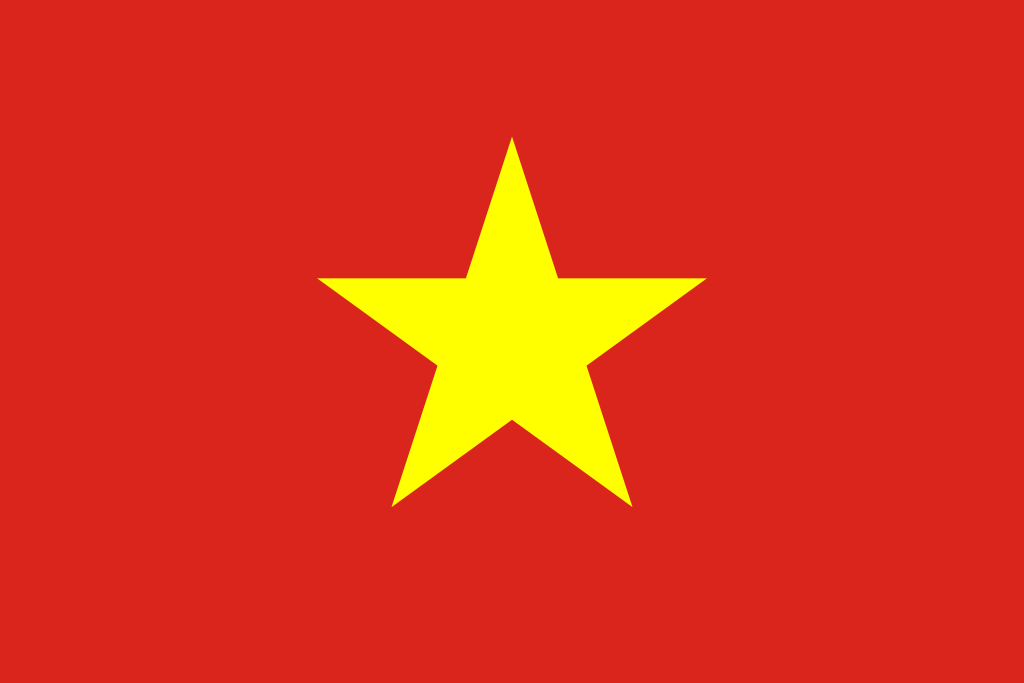8 BEST FRONT-END PROGRAMMING LANGUAGES YOU SHOULD KNOW

Frontend Development essentially involves developing the frontend of an application. It dictates how the application appears to users. To create a robust, interactive, and appealing user interface, a lot of behind-the-scenes work is necessary. User interface languages play a crucial role in application development. This article covers top user interface languages, including such eight popular languages.
1. What is Frontend Development?
Frontend development, also known as user interface development, is a subset of web development and involves creating the elements or features of a website that are immediately visible and accessible to end-users or clients.
Fundamentally, frontend developers are responsible for everything you see, including styles, images, text alignment, navigation, colors, etc., and strive to make the user experience as easy as possible.
They also assist in debugging and contribute to the overall design and interface.
The primary goals of frontend development are responsiveness and performance.
Now that you know what Frontend Development is, continue reading to learn about top user interface languages.
2. 8 Best Front-End Programming Languages
2.1. HyperText Markup Language (HTML)
The most widely used Frontend language is HTML, a markup language. HyperText Markup Language, abbreviated as HTML, is a programming language used to create web pages and web applications.

The term "text wrapped in text" is used to describe HyperText. It's similar to a hyperlink with underlying text; clicking on it takes you to another webpage.
Not every programming language is a markup language. Instead, it is used to add formatting and layout to pure text documents. As a result, more interactive and dynamic text documents are created.
Websites are often written in HTML and displayed through web browsers. URLs identify each webpage, which can be either static or dynamic depending on the needs. We can create static web pages if we only use HTML for development.
HTML is extensively used for web development, game development, Internet navigation, offline support, and responsive user interfaces.
2.2. Cascading Style Sheets (CSS)
Although CSS is a styling sheet, it is also considered a top user interface language.
CSS, or Cascading Style Sheets, is a design language that simplifies making web pages displayable. Selectors are used to pick elements and apply styles to them.

CSS is used to turn documents into formats that the audience can understand. This is especially crucial for browsers like Chrome, Firefox, and Edge, designed to visually distribute documents to screens, printers, and projectors.
CSS is extensively used because it saves time, is easy to maintain, provides selectors, text effects, and layouts.
2.3. JavaScript
JavaScript is a powerful client-side programming language and is open-source. Its primary purpose is to enhance user interaction with a webpage. In other words, you can use this programming language to improve the liveliness and interactivity of your website. JavaScript is also widely used in game development and mobile app development. Speed, cross-browser compatibility, and simple semantics are just some of the essential qualities of JavaScript, providing a seamless experience for developers.

Most people interested in web development start with HTML and CSS. Then they move to JavaScript, which makes sense as these three together form the backbone of web development.
2.4. React
React is a user interface development library written in JavaScript. It is operated by Facebook and the open-source developer community. Although React is a library, not a language, its use in web development is widespread. The library was introduced in May 2013 and is now one of the most popular frontend libraries for web development.

React goes beyond simple user interfaces and offers many extensions like Flux and React Native to support a complete application architecture.
Two key features that make React stand out are -
- JSX - JSX makes the code more understandable and easier to debug as it avoids using complicated JS DOM structures.
- Virtual DOM - When the state of an object changes, the Virtual DOM updates only that specific object in the real DOM instead of updating everything.
2.5. Angular
Angular is an open-source JavaScript framework based on TypeScript. Operated by Google, one of its main goals is to build single-page applications. As a framework, Angular provides clear advantages and also offers a standard structure for developers working in a team. It allows users to create large, easily manageable applications.

Some of Angular's standout features include:
- TypeScript - Angular uses TypeScript, a typed superset of JavaScript that allows users to write more understandable JavaScript code. All TypeScript code can be compiled into JavaScript and run on any platform.
- Data Binding - It uses dynamic HTML and does not require complex coding or programming.
2.6. Vue
Developed by Evan You, a former Google employee, Vue is also an open-source JavaScript framework. It is used for developing user interfaces and single-page applications.

Like React, Vue employs the Virtual DOM as an accepted concept from React. Vue updates only the changed HTML and not the entire tree. This ensures faster performance and no errors.
Vue uses reactive two-way data binding. Based on the type of input, it selects the best method to update the element.
Some advantages of using Vue include high flexibility, two-way communication, and excellent tools.
2.7. jQuery
jQuery is a JavaScript framework and a leading application development platform that is stylish. It is more compact; it loads faster and comes equipped with many features that make the lives of JavaScript application developers much more accessible. JavaScript is no longer an afterthought, tacked onto stateless HTML. It is increasingly used as the primary platform and driving force for web and application development, from desktops to tablets and smartphones.

jQuery Features:
- Document Object Model - jQuery's most significant improvement is its excellent DOM querying tool using familiar CSS selector syntax. This component, now called Sizzle, is a separate open-source component included in the larger open-source jQuery framework.
- Another feature that makes jQuery web development very easy and appealing is its support for method chaining. When the API supports it, you can string one method call after another by chaining the method calls behind each other.
2.8. Swift
Swift is a powerful and easy-to-use programming language for iOS, iPadOS, macOS, tvOS, and watchOS. Swift code is interactive and fun to write; the syntax is simple yet clear, and Swift combines modern features that developers highly value.

Some reasons why Swift is widely adopted are: Low cost, safety above all, developer productivity and versatility, as well as a large community.

